Filter by
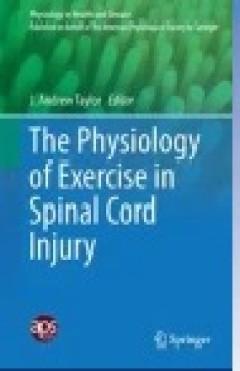
The Physiology of Exercise in Spinal Cord Injury
Every year, around the world, between 250,000 and 500,000 people suffer a spinal cord injury (SCI). Those with an SCI are two to five times more likely to die prematurely than people without a spinal cord injury, with worse survival rates in low- and middle-income countries. Dynamic aerobic requires integrated physiologic responses across the musculoskeletal, cardiovascular, autonomic, pulmonar…
- Edition
- -
- ISBN/ISSN
- 978-1-4939-6664-6
- Collation
- VI, 286
- Series Title
- Physiology in Health and Disease
- Call Number
- -
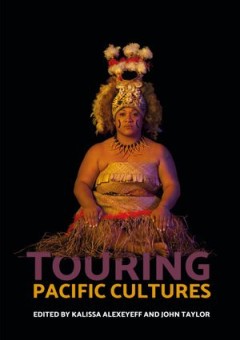
Touring Pacific Cultures
Tourism is vital to the economies of most Pacific nations and as such is an important site for the meaningful production of shared and disputed cultural values and practices. This is especially the case when tourism intersects with other important arenas for cultural production, both directly and indirectly. Touring Pacific Cultures captures the central importance of tourism to the visual, mate…
- Edition
- -
- ISBN/ISSN
- 9781921862441
- Collation
- -
- Series Title
- -
- Call Number
- 650
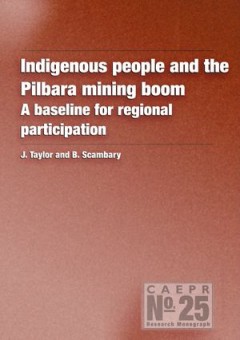
Indigenous people and the Pilbara mining boom : A baseline for regional parti…
Economic conditions; Aboriginal australians; Western australia
- Edition
- -
- ISBN/ISSN
- 9781920942540
- Collation
- -
- Series Title
- -
- Call Number
- 650
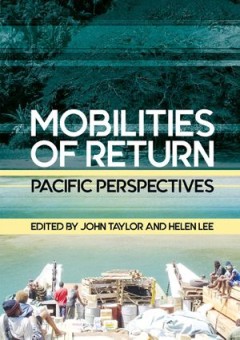
Mobilites of Return: Pacific Perspectives
In recent decades, the term ‘mobility’ has emerged as a defining paradigm within the humanities. For scholars engaged in the multidisciplinary topics and perspectives now often embraced by the term Pacific Studies, it has been a much more longstanding and persistent concern. Even so, specific questions regarding ‘mobilities of return’—that is, the movement of people ‘back’ to plac…
- Edition
- -
- ISBN/ISSN
- 9781760461676
- Collation
- -
- Series Title
- -
- Call Number
- 351.81 MOB m
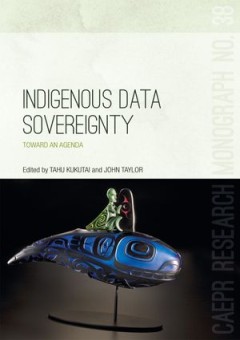
Indigenous Data Sovereignty: Toward an agenda
As the global ‘data revolution’ accelerates, how can the data rights and interests of indigenous peoples be secured? Premised on the United Nations Declaration on the Rights of Indigenous Peoples, this book argues that indigenous peoples have inherent and inalienable rights relating to the collection, ownership and application of data about them, and about their lifeways and territories. As…
- Edition
- -
- ISBN/ISSN
- 9781760460303
- Collation
- -
- Series Title
- -
- Call Number
- 300 IND i
Iconographies of Occupation: Visual Cultures in Wang Jingwei’s China, 1939�…
Iconographies of Occupation is the first book to address how the “collaborationist” Reorganized National Government (RNG) in Japanese-occupied China sought to visualize its leader, Wang Jingwei (1883–1944); the Chinese people; and China itself. It explores the ways in which this administration sought to present itself to the people over which it ruled at different points between 1939, whe…
- Edition
- -
- ISBN/ISSN
- 9780000000720
- Collation
- -
- Series Title
- -
- Call Number
- -
 Computer Science, Information & General Works
Computer Science, Information & General Works  Philosophy & Psychology
Philosophy & Psychology  Religion
Religion  Social Sciences
Social Sciences  Language
Language  Pure Science
Pure Science  Applied Sciences
Applied Sciences  Art & Recreation
Art & Recreation  Literature
Literature  History & Geography
History & Geography